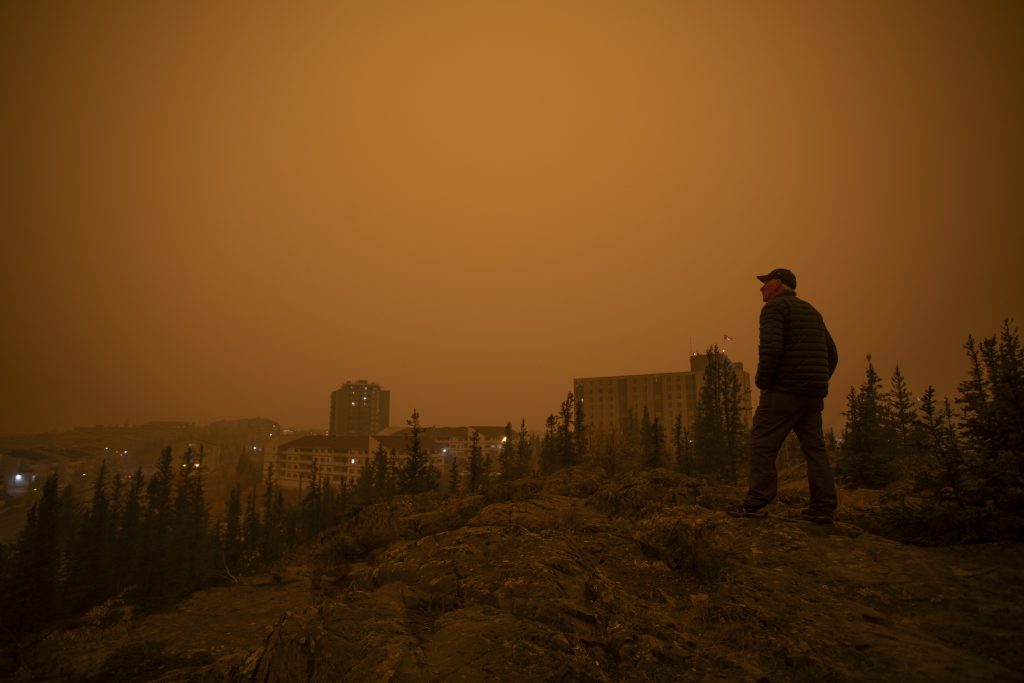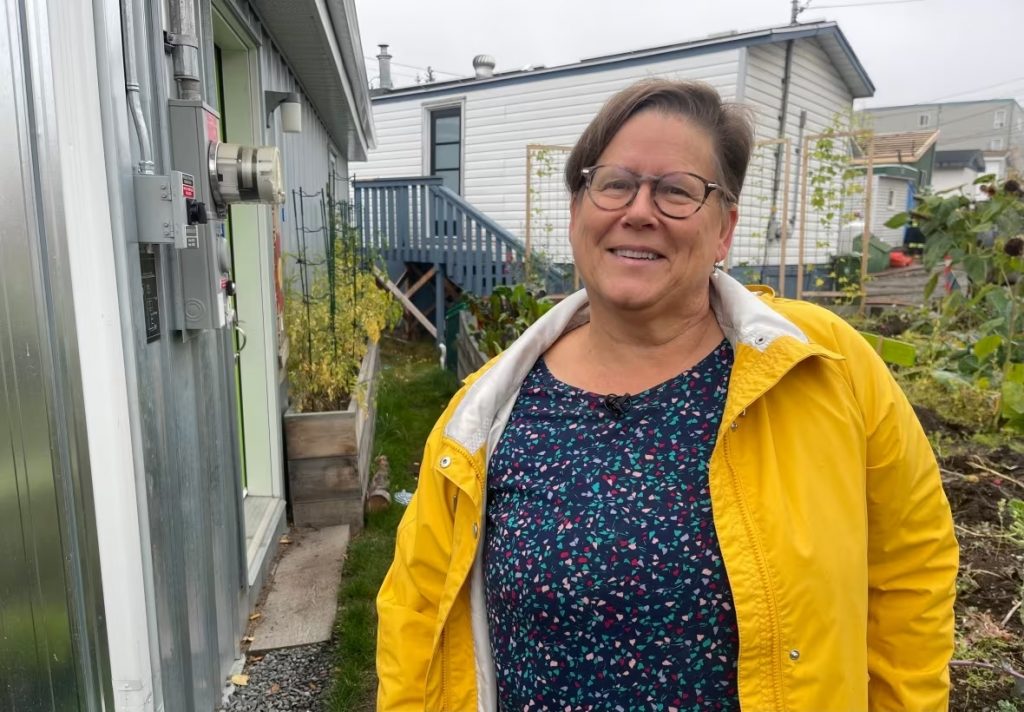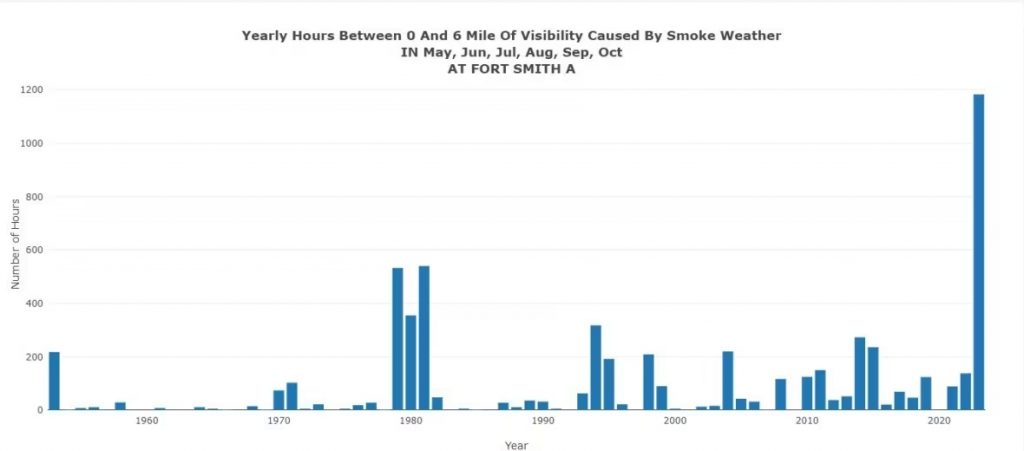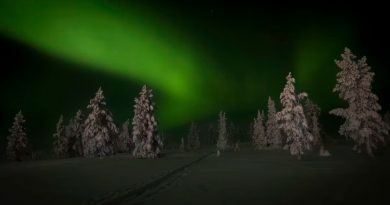Effects of 2023 N.W.T. wildfire smoke will take years to study

By · CBC News
As air quality improves, the focus now moves to preparing for the future.
As smoke lingered over the Northwest Territories this summer, France Benoit often thought of her husband.
“My husband was sick in the summer of 2014 during the summer of smoke and eventually died, not necessarily from that, but certainly I feel that the smoke was just hiding symptoms,” said Benoit, the owner and operator of Le Refuge Farm in Yellowknife.
The territory’s top doctor said it will take years to determine the health impacts of the historic wildfire smoke this summer, but a study completed after the 2014 wildfires in the N.W.T. found an increase in hospital visits for asthma and pneumonia.

For Benoit, the summer was a challenge — processing her crops became an issue because she wasn’t able to have the windows open on certain days when it was smoky outside, and she often felt out of breath doing normal tasks like walking around.
“I’m scared about the fact that this will be, or this is, the new normal,” said Benoit.
Data, and funding, needed
Dr. Kami Kandola, the N.W.T. chief public health officer, said in the 20 years she’s lived in the territory, this was the worst summer she’s experienced.
“We’ve never experienced before such a prolonged exposure to wildfire, smoke and a long dry season,” she said.
Kandola said reviewing the data to see the impact of the smoke from the 2023 wildfire season will take time, but added a baseline was established in the summer of 2014.
The 2014 study found visits to the emergency room for asthma doubled, there was an increase in pneumonia and the populations most impacted were Indigenous people and children.
To repeat that study, Kandola said they would need funding to do the research. She expects it would show a higher amount of heart and lung disease if they were able to follow people to see the long-term impacts.
She said the hospitalization data doesn’t become formally available for at least six months, so that information will take months, if not years, to receive.
Monitoring the impact
Newly-installed PurpleAir sensors — which cost roughly $350 — are helping experts gather data on air quality. The sensors track air quality and post real time results to the website PurpleAir.
“We’re trying to get regular people or citizens to take part in measuring their own air quality and we’ve had tremendous success,” said John McKay, who looks after the Northwest Territories air quality monitoring network.

“I think we got them in every community now,” he said, adding that “the data goes to a map that’s very, very intuitive.”
McKay said air quality in the N.W.T. this summer has been “something out of a science fiction movie.”
“I think it basically exceeded anything we’ve ever expected,” he said, adding the sensors found the air quality to be over 1,000 micrograms on some days, when on a good day it should be between zero and 10.
Terri Lang, a warning preparedness meteorologist, said the number of hours of smoke in the N.W.T. is high and certainly above what it was in 2014, especially for some communities like Fort Smith.

She said in some cases the number of smoke hours in 2023 are two to three times as high as the numbers seen in 2014.
Lang said in normal years the fire season would be ending, but as some still burn in the territory, residents will likely continue to see smoke.
Simone Cartwright said her family checks the government air quality index whenever it is smoky outside, and they have an air purifier in each room.
“Having the kids inside is hard because there’s a lot more inside time for these northern kids when we get very cold outside,” she said, “so we’re sad for them.”
Cartwright said masks are a part of everyday life when they go outside.
“I think this is the first fall that everyone in town is just looking forward to the snow. We’re looking forward to winter because we have our beautiful blue skies up here all winter,” Cartwright said. “The sooner that comes the better in my books.”
Related stories from around the North :
Canada : Severe wildfires will have long-lasting impact on N.W.T.’s boreal forest, CBC News
Norway : Smoke from Canadian wildfires forecast to reach Norway, The Associated Press
United States : Health impacts of wildfire smoke can linger for years, U.S. study says, Alaska Public Media



